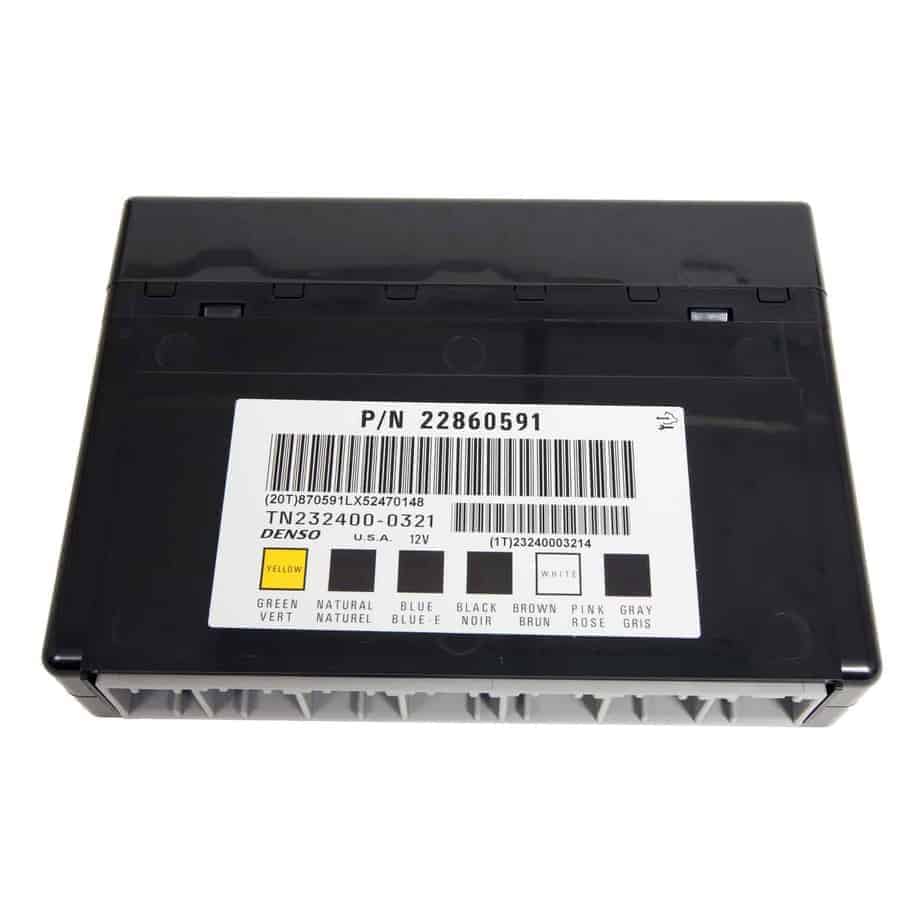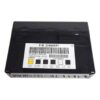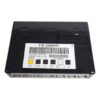Restore Your Vehicle’s Electrical System and Drive with Confidence
Are you battling frustrating and unpredictable electrical issues in your vehicle? Flickering lights, malfunctioning gauges, power windows with a mind of their own, or even a no-start condition can all point to a failing Body Control Module (BCM). The BCM is the central command center for your vehicle’s body electronics, and when it malfunctions, it can create a cascade of problems that are difficult to diagnose. Take back control and restore your vehicle to perfect working order with our pre-programmed BCM, designed for a seamless installation.
Common Symptoms & Your Solution
If you’re experiencing any of the following, a faulty BCM is the likely culprit:
- Intermittent or non-working interior/exterior lights
- Erratic instrument cluster behavior or warning lights
- Power locks, windows, or mirrors not functioning correctly
- Security system faults or key fob recognition issues
- Communication error codes (U-codes) stored in the system
- Unexplained battery drain when the vehicle is off
This replacement unit is the definitive solution. We flash this Programmed 2011-2013 Caprice Body Control Module with the latest official GM software, specifically calibrated to your vehicle’s unique VIN. This ensures all factory-installed options and security protocols are correctly configured, eliminating the need for an expensive trip to the dealership for programming.
Features & Benefits
- ✔ Plug & Play Installation: Arrives pre-programmed to your specific VIN. Simply install the module and you’re ready to go, saving you hundreds in dealer programming fees.
- ✔ Latest GM Software: We load the most current software updates from GM, ensuring optimal performance and correcting any known factory bugs.
- ✔ Wide Compatibility: This module replaces a wide range of original part numbers, including 15948438, 22860591, 25892622, and many more, making it a versatile solution for numerous GM models.
- ✔ No Core Charge: Keep your old BCM. There are no core charges or hassles with returning your original part.
- ✔ Restored Functionality: Get your power accessories, lighting, and security systems working exactly as they should.
- ✔ Peace of Mind: This unit is backed by our one-year replacement warranty.
Expert Insight: The Importance of a Properly Programmed BCM
As a technician with over two decades of experience, I’ve seen countless vehicles sidelined by BCM failures. In a vehicle like the Caprice PPV, which often serves in demanding roles, every electronic system must function flawlessly. A non-programmed or incorrectly programmed module can do more than just cause annoyances—it can compromise the vehicle’s security system or even affect the function of related modules. Our process of programming the BCM to your VIN isn’t just a convenience; it’s a critical step to ensure every component communicates correctly, just as the engineers intended. This is the key to a lasting and reliable repair.
Frequently Asked Questions
How do I provide my VIN for programming?
After you complete your purchase, you will need to send us your 17-digit Vehicle Identification Number (VIN). We cannot ship your order until we receive this information, as the programming is specific to your exact vehicle.
Will this BCM fix my exact problem?
This Programmed 2011-2013 Caprice Body Control Module is a direct solution for failures within the BCM itself. While it corrects the most common electrical issues, it’s essential to have your vehicle properly diagnosed by a qualified technician to ensure the BCM is the source of the fault and not a wiring or sensor issue.
Are any other steps required after installation?
In some vehicles, additional relearn procedures may be necessary. For example, if your airbag light is on, a ‘Setup SDM Primary Key’ procedure may be needed. A ‘Brake Pedal Position Relearn’ might also be required. These procedures typically require a professional-grade scan tool.
Is this a new or used part?
This is a high-quality, inspected, and tested recycled OEM part. Each unit is verified to be fully functional before being programmed with the latest software for your vehicle, ensuring reliable performance.
Do I need to return my old BCM?
No. We do not require you to return your original module. There is no core charge associated with this purchase, saving you time and money.


